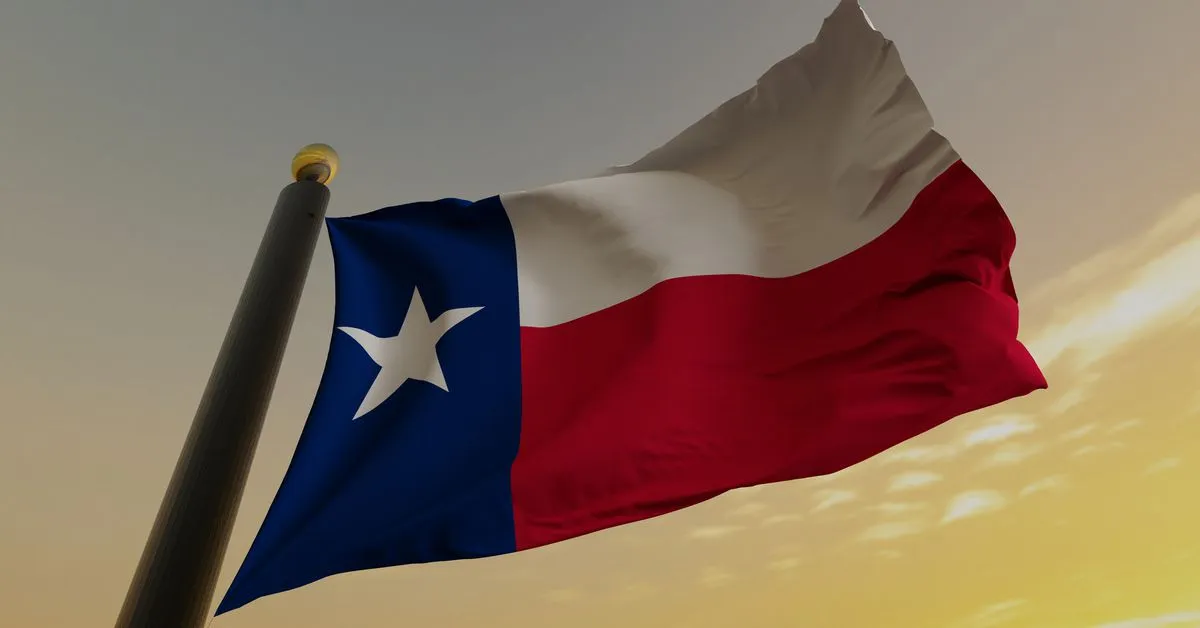To understand why bitcoin miners have flocked to Texas, it’s useful to think about ducks. Lee Bratcher, President of the Texas Blockchain Chamber, explains the duck curve – a way of graphing the balance of energy demand and supply throughout the day. This graph starts out flat (like a duck’s tail), then lowers later in the morning (the duck’s belly), then rises again in the evening (the duck’s head). Texas recognizes this imbalance and has a power grid that lets the price of energy float throughout the day and across the state, reflecting the realities of the duck curve. This has incentivized bitcoin miners to set up shop in the state, where they can reduce their energy demand when supply on the grid is short, or they can sell excess power that they don’t need.
The Texas power grid, called ERCOT, offers credits to the companies that offers additional revenue on top what they can make in rewards from verifying bitcoin transactions. Companies like Core Scientific, Genesis Digital Assets, Riot, and Marathon Digital have all taken advantage of this opportunity. Texas also brings other benefits, such as a welcoming business environment, a stable power grid, and a pool of labor.
The state has also taken steps to modulate the growth of new mining. In 2022, Texas began a policy with the impenetrable name Interim Large Load Interconnection Process, meaning, essentially, that future bitcoin miners would need to apply for the ability to flex-up and flex-down. This application process – with tightened standards – slowed the growth of new mining.
Lee Bratcher estimates that 2,000 W2 jobs and 20,000 contractors have been created by Texas bitcoin mining. The price and the market incentives are still there, he says. This is still a great place for doing business.
